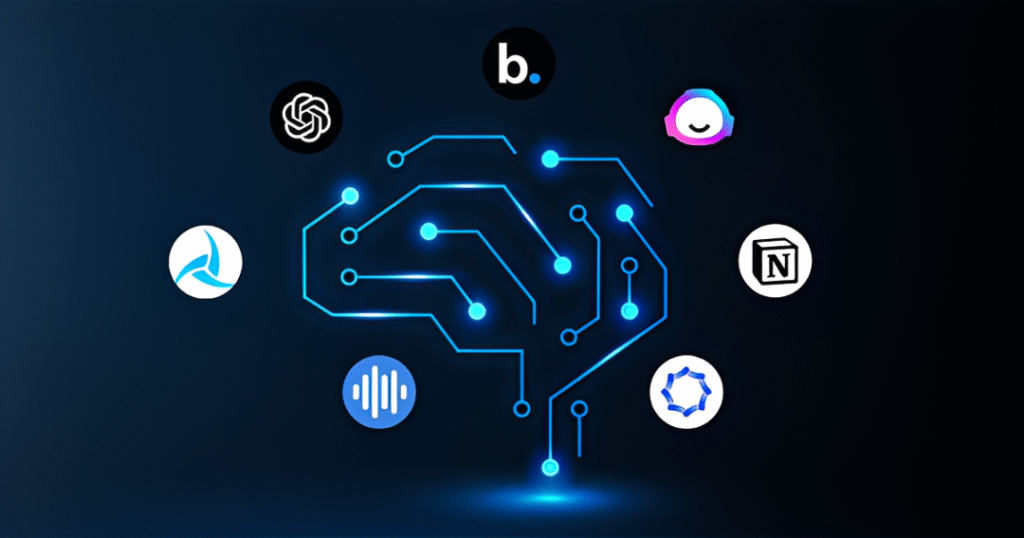Edge AI has moved from a research topic to a practical tool used in industries, startups, and even personal projects. Instead of sending every piece of data to the cloud, small AI models can now run directly on devices like NVIDIA Jetson boards and low-power microcontrollers. This brings faster processing, better privacy, and reduced costs.
In this article, we will look at how to deploy tiny models on Jetson and microcontrollers. We will cover real-world use cases, explain hardware options, and provide step-by-step insights that feel like a tinyML deployment guide for both beginners and advanced users.
What Is Edge AI?
Edge AI means running artificial intelligence models on hardware devices close to where the data is created. Instead of relying only on cloud servers, the processing happens locally.
For example:
- A Jetson board analyzing video in real time.
- A microcontroller detecting gestures from a wearable sensor.
- A smart camera recognizing objects without internet access.
Why Use Tiny Models?
Large AI models need a lot of memory, power, and strong GPUs. But not every device has these resources. That’s why smaller models, often called TinyML, are designed to run efficiently on limited hardware.
Benefits of tiny models include:
- Low power usage: Works on batteries or small power sources.
- Fast response: No delay from cloud communication.
- Privacy: Data stays on the device.
- Cost savings: Less need for expensive servers.
Hardware Choices for Edge AI
When looking at edge AI deployment, there are two main hardware categories:
1. NVIDIA Jetson Boards
These are compact but powerful boards made for AI. They can handle computer vision, robotics, and audio tasks.
Popular Jetson boards in 2025 include:
- Jetson Nano – good for beginners, affordable, works with simple AI models.
- Jetson Xavier NX – higher power for advanced robotics and AI tasks.
- Jetson Orin Nano – new in 2025, better speed and efficiency.
These boards are perfect for learning through an edge AI on NVIDIA Jetson tutorial because they support frameworks like TensorFlow, PyTorch, and ONNX.
2. Microcontrollers
Microcontrollers are much smaller and cheaper than Jetson boards. They have less memory and computing power but are ideal for simple tasks.
Popular choices include:
- Arduino Nano 33 BLE Sense – built-in sensors for motion, sound, and temperature.
- STM32 boards – often used in industrial settings.
- ESP32 – low-cost and good for IoT projects.
These are the backbone for projects that run AI models on microcontrollers.
Software Frameworks for Tiny Models
To make edge AI possible, several software frameworks are widely used in 2025:
- TensorFlow Lite for Microcontrollers (TFLM): Runs models on devices with as little as 256 KB memory.
- ONNX Runtime: Supports models trained in different frameworks.
- PyTorch Mobile and Edge: For PyTorch-trained models, optimized for edge devices.
- NVIDIA TensorRT: Boosts inference speed on Jetson devices.
Edge AI on NVIDIA Jetson Tutorial
For beginners, here’s a step-by-step edge AI on NVIDIA Jetson tutorial that shows how to deploy a small model.
Step 1: Set Up the Jetson Board
- Install JetPack SDK (includes CUDA, cuDNN, TensorRT).
- Connect peripherals like monitor, keyboard, and mouse.
- Update drivers and libraries.
Step 2: Prepare the Model
- Train a small CNN (Convolutional Neural Network) using TensorFlow or PyTorch.
- Export the model in ONNX format.
Step 3: Optimize the Model
- Use NVIDIA TensorRT to reduce model size and speed up inference.
- Apply quantization to make the model lighter.
Step 4: Run Inference
- Load the optimized model on Jetson.
- Test with input data such as camera feed or sensor input.
- Monitor performance (FPS, latency, power usage).
This process makes Jetson boards perfect for robotics, drones, and computer vision projects.
TinyML Deployment Guide for Microcontrollers
Running AI on microcontrollers needs a different approach because resources are so limited. Here’s a tinyML deployment guide:
Step 1: Choose the Task
Examples:
- Wake word detection (“Hey Assistant”).
- Gesture recognition from accelerometer data.
- Predictive maintenance from vibration sensors.
Step 2: Train the Model
- Use TensorFlow Lite for Microcontrollers.
- Keep model size under 1 MB.
- Apply pruning (removing unnecessary weights) and quantization.
Step 3: Convert the Model
- Convert the trained model into a .tflite format.
- Use TFLM to prepare it for microcontrollers.
Step 4: Deploy on the Device
- Flash the firmware with Arduino IDE or PlatformIO.
- Load the .tflite model.
- Test the model with live sensor data.
Step 5: Optimize and Iterate
- Reduce memory usage by quantizing to 8-bit integers.
- Use hardware accelerators like CMSIS-NN for ARM Cortex-M boards.
This method allows you to run AI models on microcontrollers in real-world projects like smart wearables or IoT devices.
Comparing Jetson vs Microcontrollers
| Feature | Jetson Boards | Microcontrollers |
| Processing Power | High, supports complex models | Low, supports very small models |
| Power Usage | Moderate to high | Very low, battery-friendly |
| Cost | $99–$600 depending on model | $5–$40 depending on board |
| Use Cases | Robotics, drones, computer vision | IoT, wearables, small sensors |
| Model Size Support | Large models (hundreds of MBs) | Tiny models (<1 MB) |
Use Cases of Edge AI in 2025
Edge AI is powering many industries today:
1. Healthcare
- Portable medical devices that detect heart rate anomalies.
- AI running on microcontrollers inside wearables.
2. Smart Homes
- Cameras with Jetson that identify intruders.
- Voice assistants running wake word detection locally.
3. Industry
- Predictive maintenance using vibration data.
- Quality inspection on assembly lines.
4. Agriculture
- Jetson-powered drones for crop monitoring.
- Soil sensors with AI models predicting irrigation needs.
Challenges in Edge AI Deployment
Even though the technology has improved, challenges remain:
- Model size limits on microcontrollers.
- Power constraints for battery devices.
- Deployment complexity when scaling across many devices.
- Security concerns when devices connect to networks.
Trends in Edge AI for 2025
The landscape in 2025 is shaped by:
- Smaller models with higher accuracy due to new research in model compression.
- AI accelerators built into microcontrollers.
- Better integration tools like automated pipelines that handle training, optimization, and deployment.
- Growth of tinyML communities sharing open-source projects.
Best Practices for Running Tiny Models
- Always start with a small dataset and expand later.
- Use quantization early to reduce memory footprint.
- Monitor energy use if deploying on battery-powered devices.
- Keep firmware updates simple for large-scale deployment.
Read More Informational and Interested Blogs Visit Our Website Lidarmos
Conclusion
Edge AI is no longer just a concept—it’s a practical tool for industries, startups, and hobbyists. With tiny models running on Jetson boards and microcontrollers, real-time intelligence is possible anywhere, without needing constant cloud access.
By following an edge AI on NVIDIA Jetson tutorial, learning from a tinyML deployment guide, and trying to run AI models on microcontrollers, developers and businesses can unlock new opportunities in 2025.
Whether you are building a smart camera, a wearable health tracker, or an industrial IoT system, edge AI is set to be one of the most important technologies of this decade.


